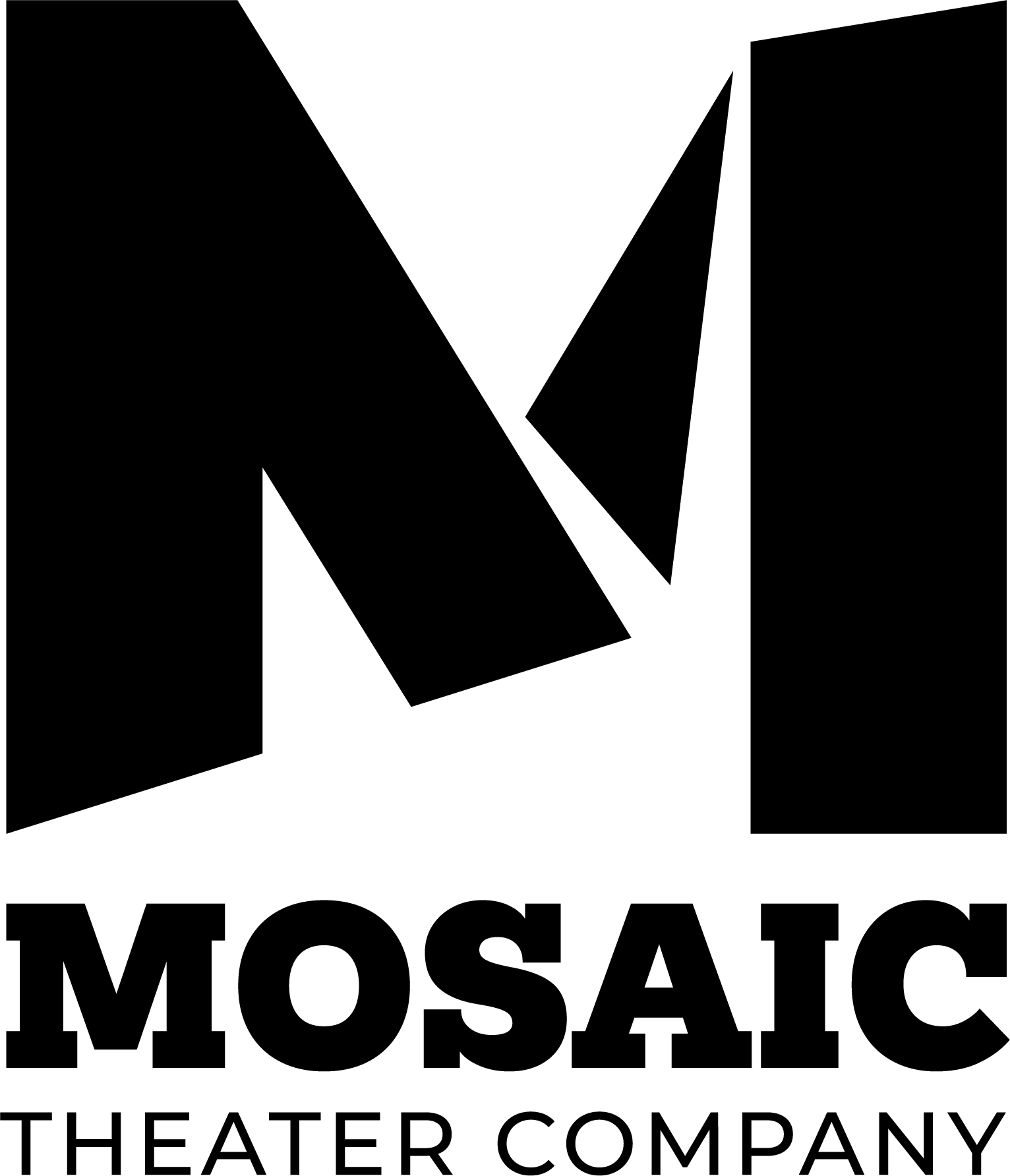Important Things You May Not Know About Istanbul
Important things you may not know about istanbul
Istanbul may not be a prominent place on most Americans’ mental map, but it certainly should be, as this ancient city offers a wealth of context for understanding the differences and connections between Western and Eastern cultures. Whether you’re planning a visit or simply want to learn more about it, here are some things worth knowing about Istanbul, Turkey.
Where Is Istanbul?
Istanbul is located on a triangular peninsula in northwest Turkey. Besides being one of the oldest cities in the world, it’s also a major geographical and cultural crossroads. Istanbul is connected by the Bosphorus Strait (İstanbul Boğazı) to both the Black Sea to the northeast and the Sea of Marmara to the southwest. It’s also literally a gateway between continents and hemispheres, as it connects Eastern Europe (Bulgaria and Greece) with far western Asia, or the Middle East, by way of eastern Turkey.
A City of Many Names
One of the most commonly known things about Istanbul is that it was once called Constantinople (a fact many Americans have learned from the popular song explaining that “Istanbul was Constantinople/Now it’s Istanbul not Constantinople”). In fact, the city has had three official names since ancient history.
Beginning in 660 BC, it was Byzantium, the capital of the Byzantine Empire. It was renamed Constantinople in 330 BC when the Roman Emperor Constantine captured the city as his intended new capital of the Roman Empire, although in 1453, the city fell to the Ottoman Empire. It became Istanbul in 1930. The city also bears the nickname “City of the World’s Desire” because of its strategic location, beauty, and wealth.
Major Landmarks
Particularly if you’re interested in Istanbul’s history and culture—and even if you’re not—here are just a few of the most spectacular sights and landmarks in this ancient city:
The Blue Mosque. The Blue Mosque (officially the Sultanahmet Mosque) is known in part for its 6 minarets, which originally (and scandalously) outdid even the Grand Mosque in Mecca. Visitors flock to the site for its stunning blend of Islamic and Byzantine Christian architectural elements, for its many handmade blue tiles and blue stained glass windows, and, of course, for worship services.
Hagia Sophia. Hagia Sophia (originally Megale Ekklesia, or “the Great Church”) was originally built in 325 CE and was the largest church in existence for about 900 years. It was constructed using columns from the Temple of Artemis, one of the Seven Wonders of the Ancient World. When Constantinople fell to the Ottoman Empire, it became and remained a mosque until 1934, when it became a museum.
The Grand Bazaar. The Grand Bazaar is the world’s oldest and largest covered market, boasting about 4,000 shops across 61 streets and alleys. It’s a storied destination for anyone interested in traditional textiles, authentic jewelry, antiques, or unique finds.
Topkapi Palace. The Topkapi Palace (“Cannon Gate Palace”) complex was the royal residence of the Ottoman Empire for almost 400 years. Built in the 1460s, it consists of 4 main courtyards, the Harem (private living space of over 400 rooms), and a church dating back to the Byzantine era.
Istanbul Culture
As both the largest city in Turkey and a major crossroads between the West and the East, Istanbul is a cosmopolitan metropolis bursting with history and culture. Although the majority of the population is Muslim, a rich mix of people of various ethnicities and religions call this place home as well, including Jewish, Greek, and Armenian communities. As a result, Istanbul’s culture is influenced by both Middle Eastern and Western ways of life.
The locals enjoy traditional and modern music alike, which you can take in through concerts and street performances. In traditional Turkish culture, it’s fashionable to wear a mix of handcrafted items and pieces handed down from family members. Istanbul has a celebrated LGBTQ+ community that can be experienced through films, night clubs, and parades.
As with so many other aspects of its character, food in Istanbul is also a mix of Western and Middle Eastern cuisine. Just a few traditional items include kebap (kebab lamb), menemen (Turkish-style omelet), and Lüfer, a fish traditionally eaten with rakı (alcoholic anise-flavored drink) by the Bosphorus on the weekend.
Short of visiting the city in person, an excellent way to take in Istanbul history and culture is to watch documentaries, films, and plays that are set there. Consider watching the “Istanbul” episode of Rick Steves’ Europe, the film Uzak (Distant), or the play Unseen.
See UNSEEN at Mosaic Theater Company March 30-April 23, 2023
Mosaic Theater Company in Washington, DC produces bold, culturally diverse theater that illuminates critical issues, elevates fresh voices, and sparks connections among communities throughout our region and beyond amid the most important events of our times.
Dedicated to making theater an inclusive model of diversity at every stratum, on stage and off, Mosaic invests in the new as it keeps abreast of changing and challenging times. Mosaic does this to ensure that theater is a responsive gathering space, while nurturing and producing art of the highest order.
From March 30 through April 23, 2023, Mosaic will feature performances of Mona Mansour’s Unseen directed by Johanna Gruenhut. American conflict photographer Mia wakes up in her ex-girlfriend’s Istanbul apartment and doesn’t recall how she got there, although the contents of her camera might. A cross-cultural, time-shifting journey ensues as Mia pieces together the details of her past and wrestles with the costs of her profession.
For news, updates, and discounts, sign up for Mosaic’s newsletter.
